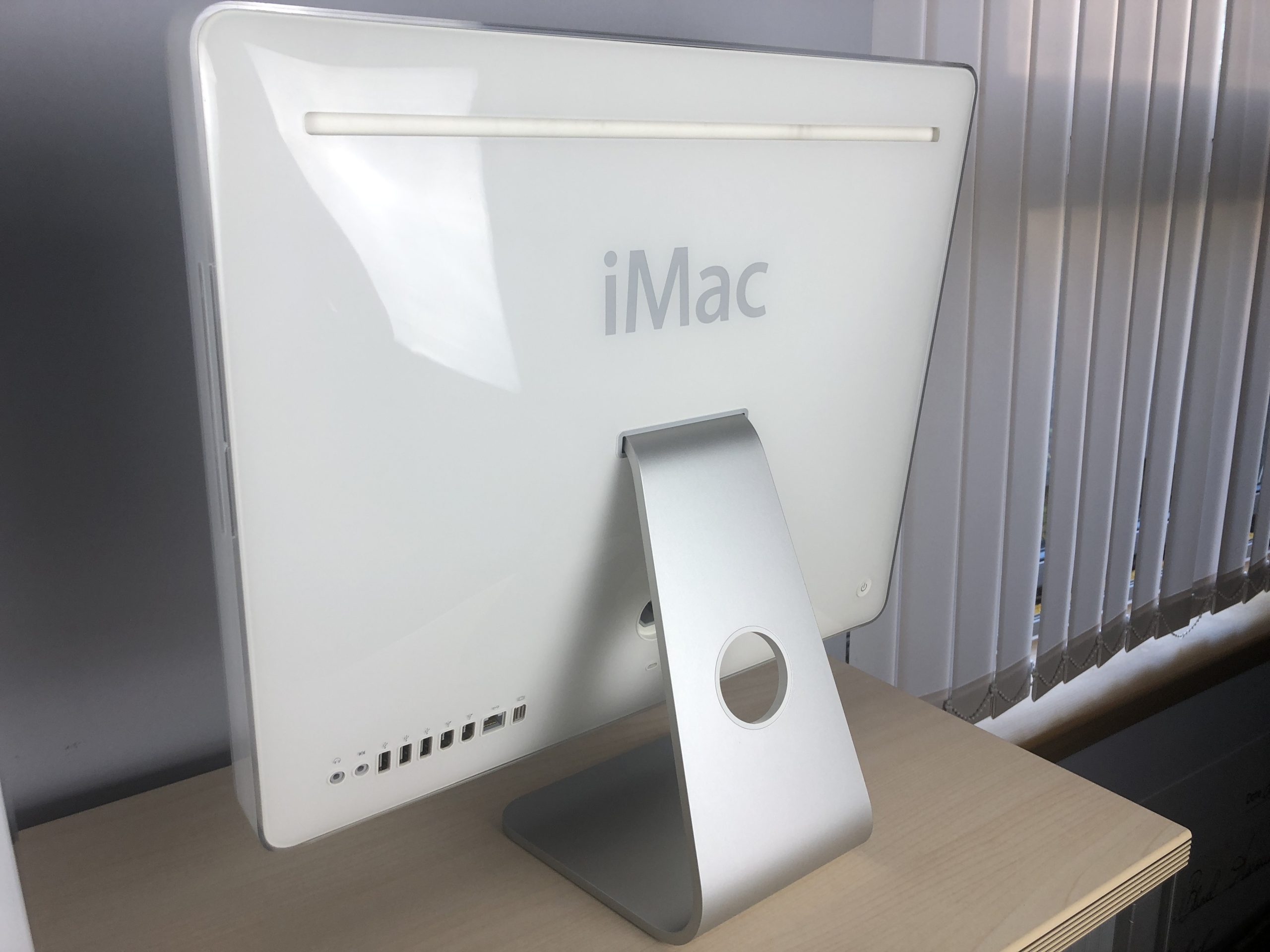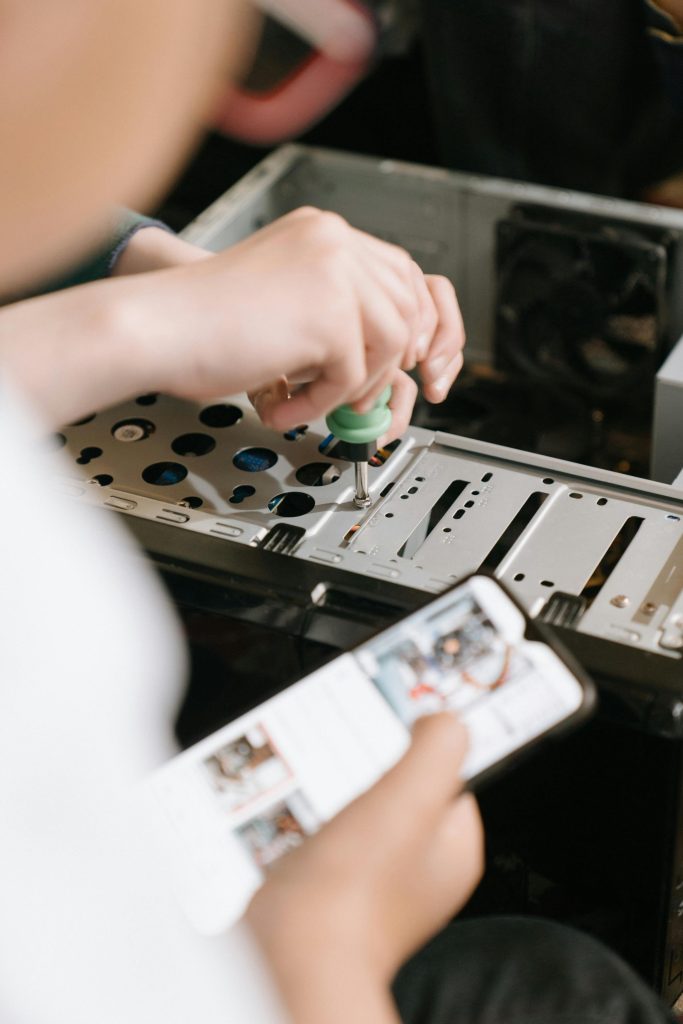Unlocking the Potential of the e8500: A Guide to Delidding
In the realm of computer enthusiasts and overclockers, the Intel e8500 processor holds a special place, known for its impressive performance and reliability. However, to truly unleash its capabilities, some users are turning to a technique called delidding. This process can lead to significant temperature reductions, enabling higher clock speeds and improved overall performance. In this post, we’ll explore what delidding involves, its benefits, and the considerations to keep in mind.
What is Delidding?
Delidding is the process of removing the integrated heat spreader (IHS) from a CPU. The IHS serves to protect the die while allowing for efficient heat transfer to a cooler. However, the thermal interface material (TIM) used between the die and the IHS often underperforms, resulting in higher temperatures than necessary. By delidding, enthusiasts can replace the stock TIM with higher-quality solutions, leading to better thermal conductivity and lower operating temperatures.
Benefits of Delidding the e8500
-
Reduced Temperatures: One of the most significant advantages of delidding is the substantial decrease in CPU temperature. This allows the e8500 to maintain lower thermal outputs, even under heavy workloads.
-
Increased Overclocking Potential: With cooler operating temperatures, users can push their e8500 to higher clock speeds. This can lead to improved performance in gaming, rendering, and other demanding applications.
-
Extended Lifespan: Lower temperatures not only enhance performance but also contribute to a longer lifespan for the processor. Reducing thermal stress can decrease the risk of hardware degradation over time.
Considerations Before Delidding
While delidding can yield remarkable benefits, it is not without its risks. Here are a few factors to consider:
-
Warranty Void: Delidding typically voids the manufacturer’s warranty. If something goes wrong during the process, you may be left without recourse for repairs or replacements.
-
Skill Level: The delidding process requires a steady hand and a good understanding of your CPU’s construction. If done incorrectly, it can lead to permanent damage.
-
Thermal Paste Replacement: After delidding, you’ll need to apply a suitable thermal paste or liquid metal. This step is crucial for ensuring effective heat transfer, so choosing the right product and applying it properly is vital.
Final Thoughts
Delidding the Intel e8500 can be
Share this content:




Thank you for sharing this detailed guide on delidding the e8500. As a technical support engineer, I recommend that if you decide to proceed with delidding, make sure to follow proper safety protocols and use appropriate tools designed for CPU delidding to minimize the risk of damage. It’s also essential to thoroughly clean the CPU surface and carefully reapply high-quality thermal paste or liquid metal to ensure optimal heat transfer post-delidding. Remember, this process typically voids the warranty, so weigh the benefits against the potential risks. If you’re new to this or unsure about the procedure, consider seeking assistance from experienced professionals or communities dedicated to CPU modification. Always prioritize safety and accuracy to achieve the best results.